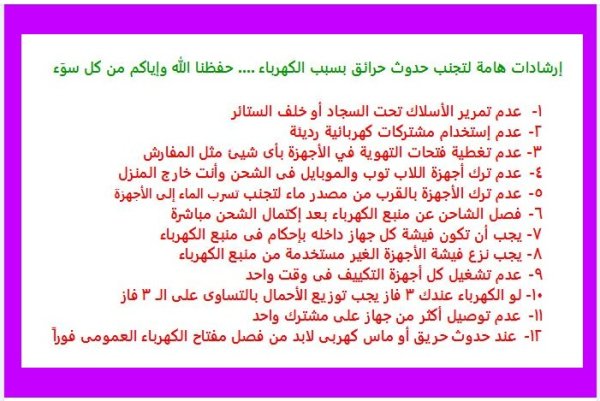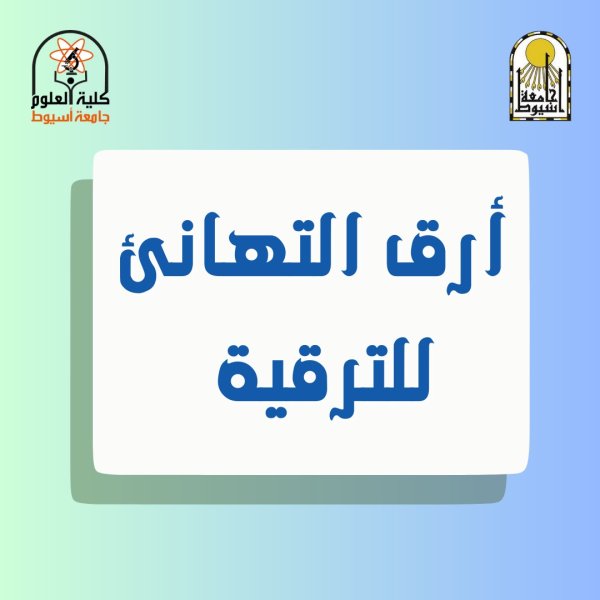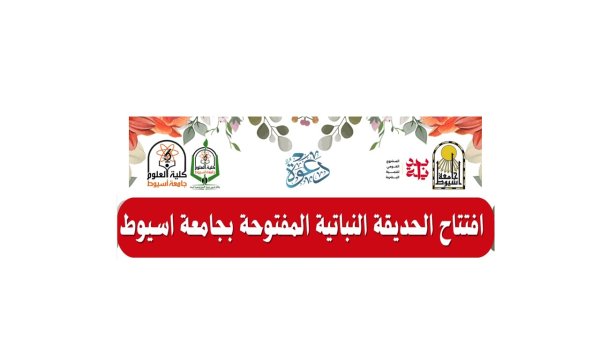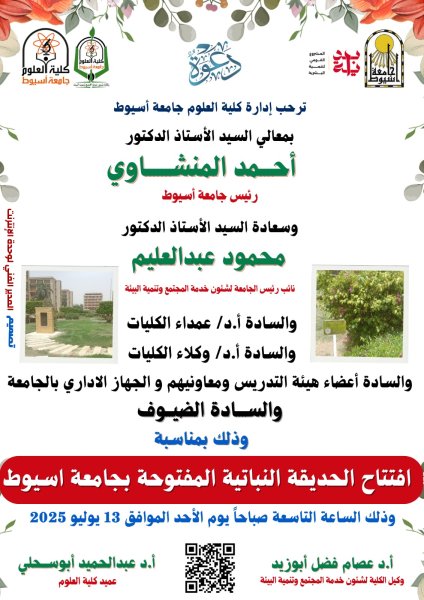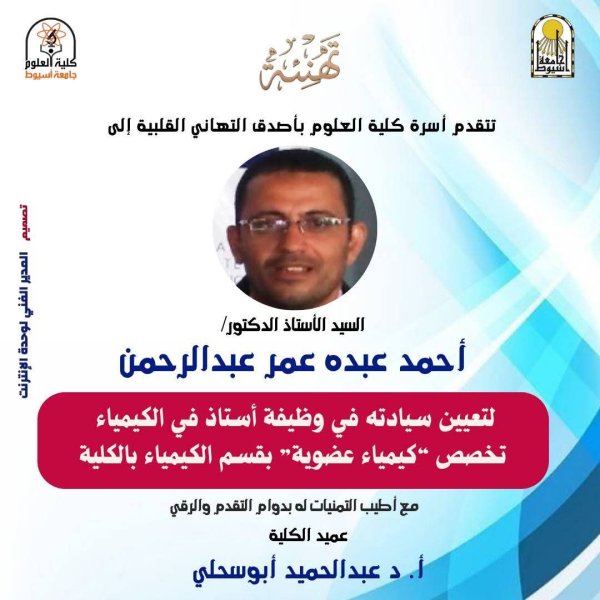
Congratulations
Revealing the past of Ginah archaeological site by enhancing GPR images to understand ancient periods at Kharga Oasis, Egypt
Ground-penetrating radar (GPR) is a noninvasive near-surface geophysical method. This method
is beneficial for imaging, characterization, and intrasite analysis of buried archaeological remains
within culture sediments at Ginah archaeological site. The investigation of these targets has intrinsic
value and has never been conducted at this site. In this study, GPR can be utilized to conduct a more
focused survey on individual features and understand their structures, dimensions, and depths. The
field survey on the studied area was conducted by SIR 4000 with 200 and 400-MHz antennae using
RADAN 7 software. The processed GPR radargrams, depth slices, and 3D subvolumes are used to
illustrate typical georadar facies associated with the stratigraphy and architectural elements of the
buried archaeological remains. The facies analysis helps to identify the nature of cultural sediment,
constructed materials, and the anticipated archaeological artifacts at various depths. These detected
features are beneficial for presenting a compelling justification of nature, constituents, architectural
patterns, and historical cultures. Also, this information is used to make guesses based on what is
seen in the field and the archaeological history found in the ruins of Ginah, Al-Ghuieta, and Al-Zayyan
fortresses along the Darb El-Arbine route. This information is essential to assume different successive
ancient periods at the examined site, which can help specialists hasten their excavations.
Antioxidants acceleration for crop plant leaf physiological features for stress mitigation
Innovative Approach Using Different Nano− Primers To Enhance Stress Tolerance in Barley (Hordeum vulgare L.) Under Lead Toxicity
Analyzing and Controlling chaos phenomena in fractional chaotic supply chain models
Supply Chain Management (SCM) is a critical business function that involves the planning, coordination,
and control of the flow of goods, information, and finances as they move from the
manufacturer to the wholesaler to the retailer and finally to the end customer. SCM is a holistic
approach to managing the entire process of delivering products or services to consumers. In this
study, we will enhance the findings as outlined in Anne et al. (2009). While certain attributes of
these systems will have been investigated, numerous aspects of these systems will still require
further scrutiny. This calls for additional research studies on these systems. This paper examines a
Fractional-Order Supply Chain Management (FOSCM) model utilizing the Adomian Decomposition
Method (ADM) and explores qualitative aspects through an approach that addresses existence
and uniqueness. By using Arzel`a–Ascoli’s principle, this system proves that the Caputo
FOSCM model has at least one solution. Furthermore, we investigate the dynamics of the system
by using the Lyapunov Exponent (LE), Bifurcation Diagram (BD), Complexity Analysis (CA) and
0–1 test. Finally, we introduce the control for FOSCM model using the Linear Feedback Control
(LFC) method. We verify the correctness of our analysis by using numerical simulations.
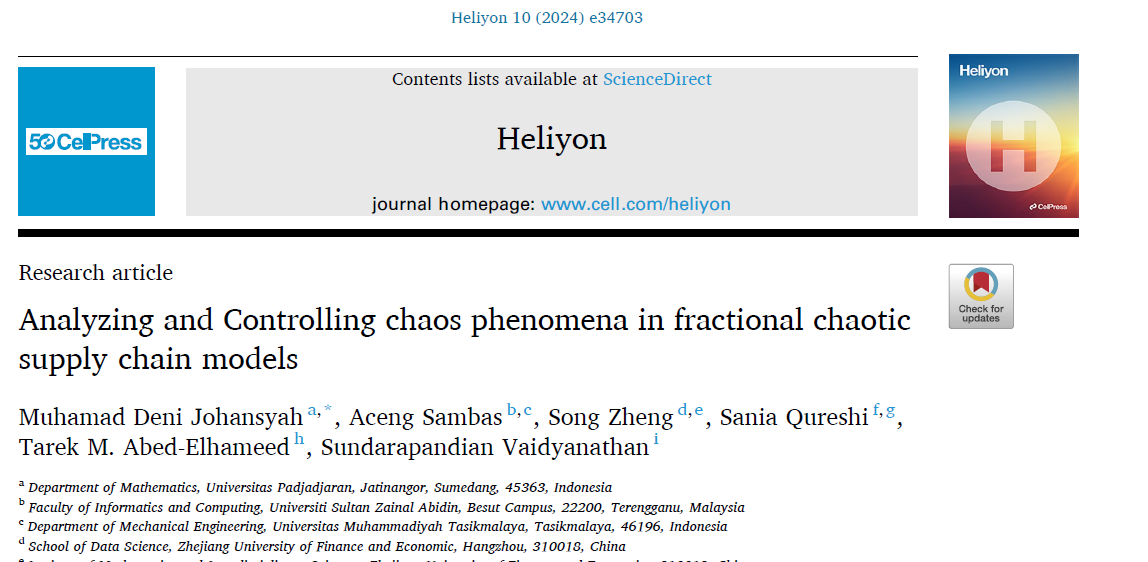
Modeling porosity and permeability evolution of burrow fillings with packstone fabric in the Upper Jurassic Hanifa Formation, central Saudi Arabia: A digenetic backstripping study
Understanding the development and characteristics of burrow fillings (BF) is crucial for predicting porosity, permeability, and fluid flow behavior in bioturbated carbonate reservoirs. Advanced imaging, digital rock modeling, and backstripping techniques offer valuable insights into this development. In this study, we examined the BF in the bioturbated strata of the Upper Jurassic Hanifa Formation (central Saudi Arabia) to understand how sedimentological and diagenetic processes—such as compaction, dolomitization, and dissolution—influence porosity and permeability over time.
Backstripping results provide significant insights into the evolution of porosity and permeability within packstone BF of the studied strata. We found that compacted, grain-supported BF exhibit limited improvement in porosity and permeability post-compaction. In contrast, less compacted intervals with open fabric BF can achieve up to 20 …
A general invitation to the opening of the open botanical garden at Assiut University. At 9:00 AM on Sunday, July 13, 2025 AD.
Resnet50 and logistic Gaussian map-based zero-watermarking algorithm for medical color images
Medical image copyright protection is becoming increasingly relevant as medical images are used more frequently in medical networks and institutions. The traditional embedded watermarking system is inappropriate for medical images since it degrades the original images’ quality. Furthermore, medical-colored image watermarking options are constrained since most medical watermarking systems are built for gray-scale images. This paper proposes a zero-watermarking scheme for medical color image copyright protection based on a chaotic system and Resnet50, which is a convolutional neural network method. The network Resnet50 is used to extract features from the color medical image, and then a logistic Gaussian map is used to scramble these features and scramble the binary image. Finally, an exclusive OR operation is performed (scrambled binary image, scrambled features for the medical color image) to form a zero watermarking. The experimental result proves that our scheme is effective and robust to geometric and common image processing attacks. The BER values of the extracted watermarks are below 0.0039, and the NCC values are above 0.9942, while the average PSNR values of the attacked images are 29.0056 dB. Also, it is superior to other zero-watermark schemes for medical images in terms of robustness to conventional image processing and geometric attacks. Furthermore, the experimental results show that the Resnet50 model outperforms other models in terms of reducing the mean squared errors of the features between the attacked and original image.
Assessment of ecofriendly carbon capture using Bacillus subtilis induced calcium carbonate precipitation with focus on applications mechanisms and cost efficiency
This work focuses on exploiting the naturally occurring microbial calcium carbonate precipitation
catalyzed by microbial consortia within lakes and oceans biogeochemistry for carbon dioxide removal
from atmosphere. In this work, Bacillus subtilis OQ119616 was used for carbon dioxide sequestration
in equi-molar concentrations into Bacillus-induced calcium carbonate precipitation (BICCP). As this
process requires alkaline media, urea degradation by urease and nitrogen fixation were traced.
BICCP has been formed from calcium salts in the following order: chloride > nitrate > acetate > citrate.
However, conversion efficiency percentage (CE%) of calcium salts to CaCO3 exhibited a different
attitude of citrate > acetate > chloride > nitrate. Calcium citrate is excluded from consideration. Acetate,
however, is the most efficient salt; it significantly exhibited the highest CE%, with the least cost and
highest economic feasibility. The wide range in quantities, efficiency and feasibility indicates the
importance of the salt anion in BICCP. In addition, BICCP exhibited applicability in healing concrete
cracks, improving field capacity of sand soil and the subsequently improved seed germination of Vicia
faba. BICCP was also accompanied by adsorption of heavy metals as partial purging of waste/sewage
water for hygiene/reuse. Bacillus subtilis exhibited the ability to perform MICP, utilizing various calcium
salts in the following order: chloride > acetate > nitrate > citrate. However, acetate is the most efficient
salt of calcium to be converted to calcium carbonate precipitate by B. subtilis, as it exhibited the
highest conversion efficiency percentage (g/g %), with the least cost and highest economic feasibility.
Carbon dioxide removal (CDR) occurs at simultaneous equity to CaCO3 precipitation at mole/mole
ratios. Economic feasibility (US$/m3) showed that BICCP may be applicable in CDR for cleansing carbon
dioxide inside closed systems and for environmental safety. The bacterially induced CaCO3 proved
successful applicability in improving the field capacity of sand soil and growth of V. faba, healing
concrete cracks and sorption of heavy metals for depolluting sewage/wastewater for hygiene reuse.
BICCP could repair concrete cracks of 1–2 mm wide in 7 days by 210 * 106 cells/mL. Adsorption of heavy
metals (Pd, Zn, Cd and Cu) for partial removal of contaminants in/from waste/sewage water for hygiene
reuse.



